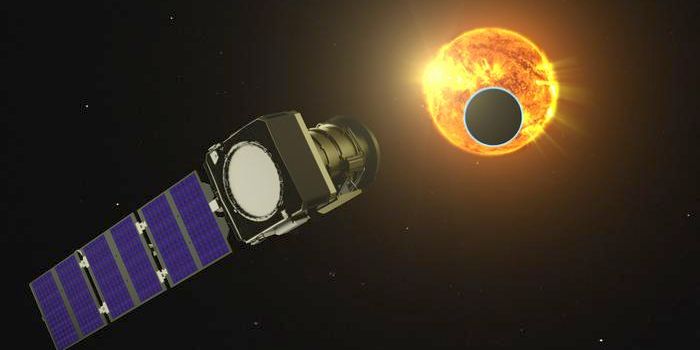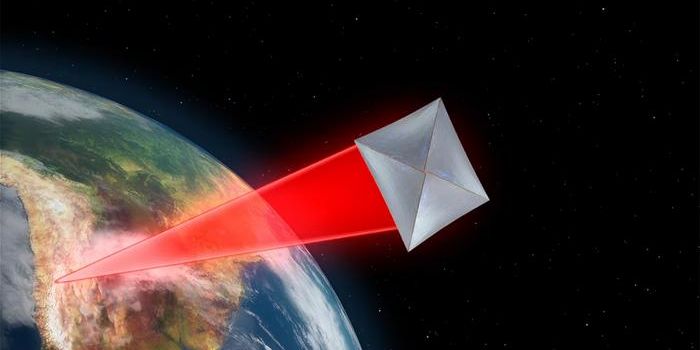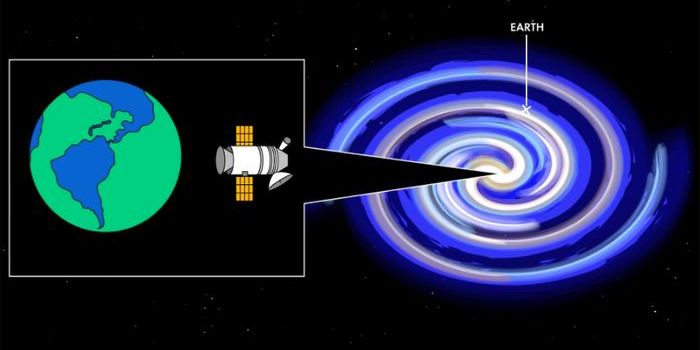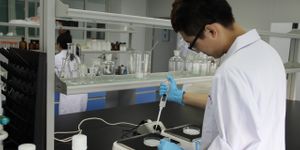Algae-powered computing: Scientists create reliable and renewable biological photovoltaic cell
Algae are a key part of our ecosystem, as they literally create oxygen through photosynthesis (the process of using light energy from the Sun to generate carbohydrates). It cannot be stressed enough that their very existence is equally vital to our own. We often see algae as seaweeds, pond scum, or the algae bloom in lakes. But this photosynthetic ability also generates tiny electrical currents, which scientists can harness for our own power needs.
A recent study published in Energy & Environmental Science discusses how the tiny electrical current generated from photosynthesis by the non-toxic algae called Synechocystis interacts with an aluminum electrode and has been used to power a microprocessor.
The system is made of common, inexpensive and largely recyclable materials. This means it could easily be replicated hundreds of thousands of times to power large numbers of small devices as part of the Internet of Things. The researchers say it is likely to be most useful in off-grid situations or remote locations, where small amounts of power can be very beneficial.
"The growing Internet of Things needs an increasing amount of power, and we think this will have to come from systems that can generate energy, rather than simply store it like batteries," said Professor Christopher Howe in the University of Cambridge's Department of Biochemistry, joint senior author of the paper.
He added: "Our photosynthetic device doesn't run down the way a battery does because it's continually using light as the energy source."
The Internet of Things is a vast and growing network of electronic devices -- each using only a small amount of power -- that collect and share real-time data via the internet. Using low-cost computer chips and wireless networks, many billions of devices are part of this network -- from smartwatches to temperature sensors in power stations. This figure is expected to grow to one trillion devices by 2035, requiring a vast number of portable energy sources.
The researchers say that powering trillions of Internet of Things devices using lithium-ion batteries would be impractical: it would need three times more lithium than is produced across the world annually. And traditional photovoltaic devices are made using hazardous materials that have adverse environmental effects.
While we might be years—even decades—away from powering your car or phone using algae, this is another big step in reducing humanity’s reliance on fossil fuels and becoming a greener (no pun intended) and more renewable species, ultimately leading to a cleaner planet.
As always, keep doing science & keep looking up!
Sources: Live Science, Energy & Environmental Science








